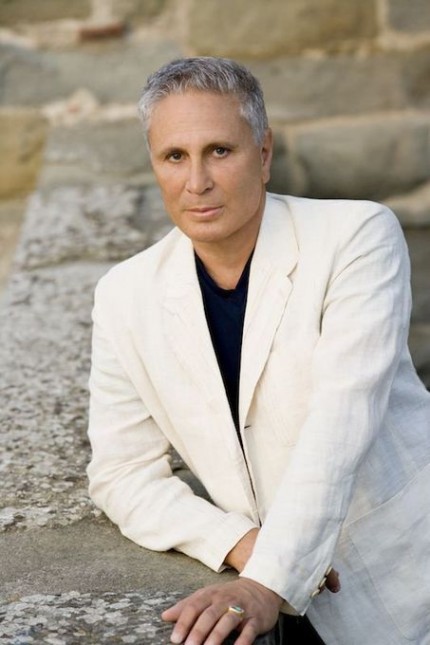CCM pays homage to John Corigliano at 75 with wide-ranging program

Chicago Chamber Musicians has been one of the city’s premier chamber ensembles for more than 25 years. No surprise, then, that a large, receptive audience was on hand for the group’s concert Wednesday night at Ganz Hall.
But the concert was hardly standard repertoire. The program was entirely contemporary music– five pieces ranging from witty cabaret songs to a large-scale string quartet, all by John Corigliano who was on hand to introduce each piece. The concert was the latest installment in CCM’s innovative Composer Perspective series, which has done much to smooth the way for new music in Chicago since it was launched in 2001.
Over the years, CCM audiences have come to trust the ensemble in matters of contemporary music. They may not know much about a given composer’s music (though Corigliano, a Pulitzer Prize winner and former Chicago Symphony Orchestra composer-in-residence, is a relatively familiar name on the contemporary scene). But they do know that CCM will give them an intellectually stimulating but also enjoyable evening.
Wednesday’s concert filled that bill on all levels. As usual for CCM, the musicians were A-list—CCM members clarinetist Larry Combs, pianist Meng-Chieh Liu, violinists Joseph Genualdi and Jasmine Lin and violist Rami Solomonow joined by three guests: mezzo-soprano Julia Bentley, pianist Winston Choi and cellist Branson Yeast.
They performed Corigliano’s often evanescent music with intensity, color and a breathtaking sensitivity to one another, We may know Corigliano best as a master of instrumental color, and those gifts were amply on display in three works—the elegiac Soliloquy for clarinet and string quartet (1977); the early Sonata for Violin and Piano (1963) and the wide-ranging String Quartet No. 1 (1995). But Corigliano’s Three Cabaret Songs (1997-2008) revealed an often wicked wit, and Chiaroscuro for two pianos (1997) used cold mechanics—tuning one piano one-quarter note lower than the other—to create a warmly emotional universe. His music always has a tonal center, but the constant presence of gentle dissonance adds an appealing, complex texture.
Accompanied by Choi, Bentley used all the rich, velvety colors of her flexible mezzo in Corigliano’s cabaret songs set to lyrics by Mark Adamo. “Dodecaphonia” was a torchy little ballad playing off the comic possibilities of serialist music—Bentley as a gimlet-eyed cop tracking a serial killer: a German-speaking gun moll with the moniker Twelve-Tone Rose. In “Marvelous Invention,” she was bright and sophisticated ripping through Adamo’s almost patter-song praises of the iPod. Dark wistfulness crept into the dissonances of “End of the Line,” a lament for long-gone record stores now replaced by free Wi-Fi cafes.
Combs’ clarinet was a lonely voyager in Soliloquy. At times it was as luminous and powerful as a ship’s beacon sweeping a dark sea. At other times it simply became a quiet voice wandering amid the restless, mysterious strings.
Corigliano’s four-movement Sonata for Violin and Piano from 1963 was his first break-out work, and the performance by Genualdi and Liu made it clear why this sonata caught the music world’s attention. Genualdi immediately dug into the brilliant opening movement, his raw-edged tone assertive and confident. The second movement was a sharp contrast, full of untroubled languor, with the violin floating over Liu’s murmuring piano. Violin and piano flew through fast passages in the exuberant finale, Genualdi’s non-stop fiddling and Liu’s big-hearted chords threatening to ride off the rails.
The String Quartet, 35 minutes long, is an ambitious work, full of the kind of constantly shifting, indistinct colors that mark Corigliano’s most expressive music. Especially in the final moments, CCM’s musicians filled the air with barely audible, mesmerizing sound. Chiaroscuro with its intriguing mix of straight-ahead lyricism and unexpected, quarter-tone harmonies, was a bracing change of pace. The lingering overtones evoked an image of looking out a rain-streaked window. What we encountered was blurry, basically familiar but unsettling nonetheless.
Posted in Performances




